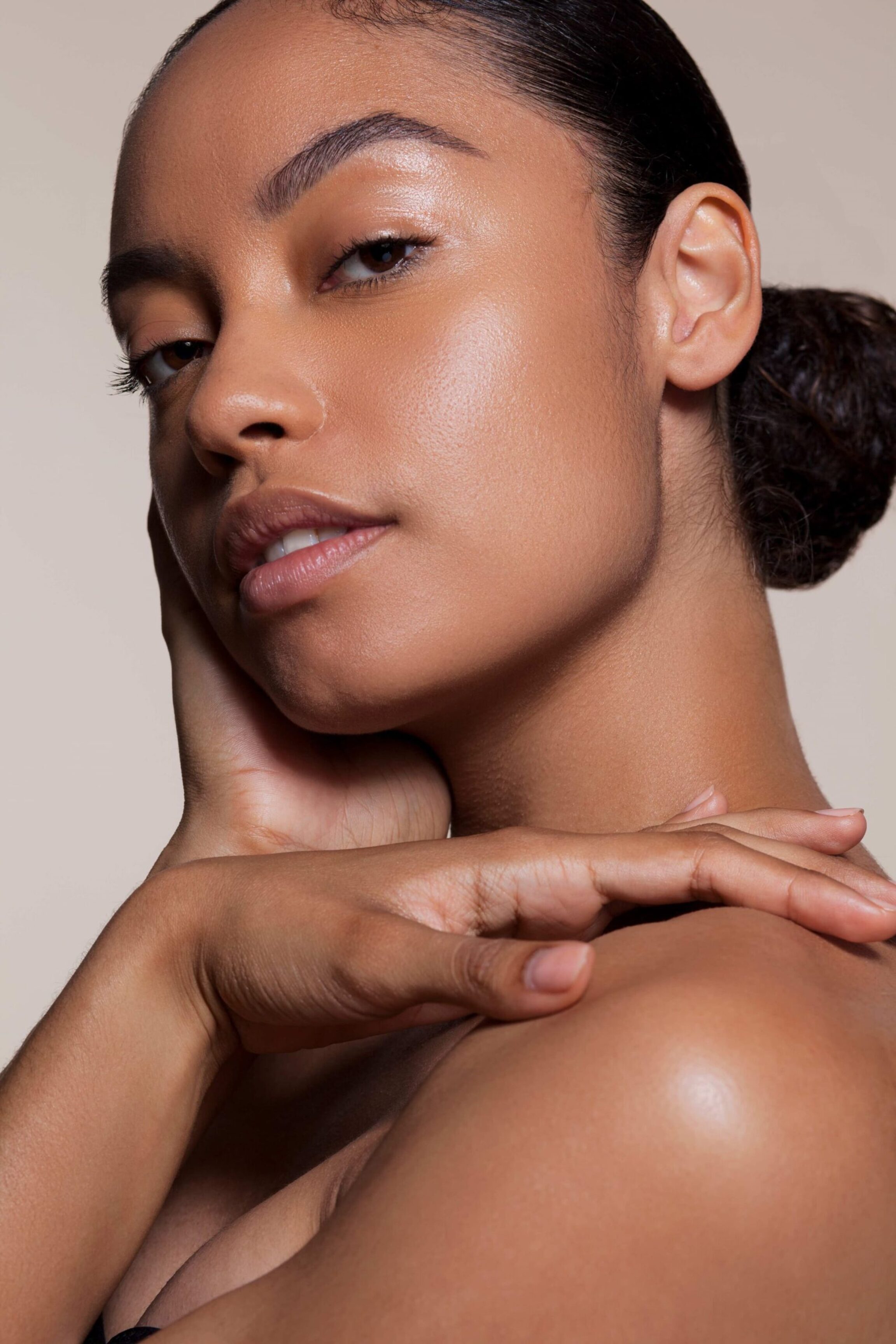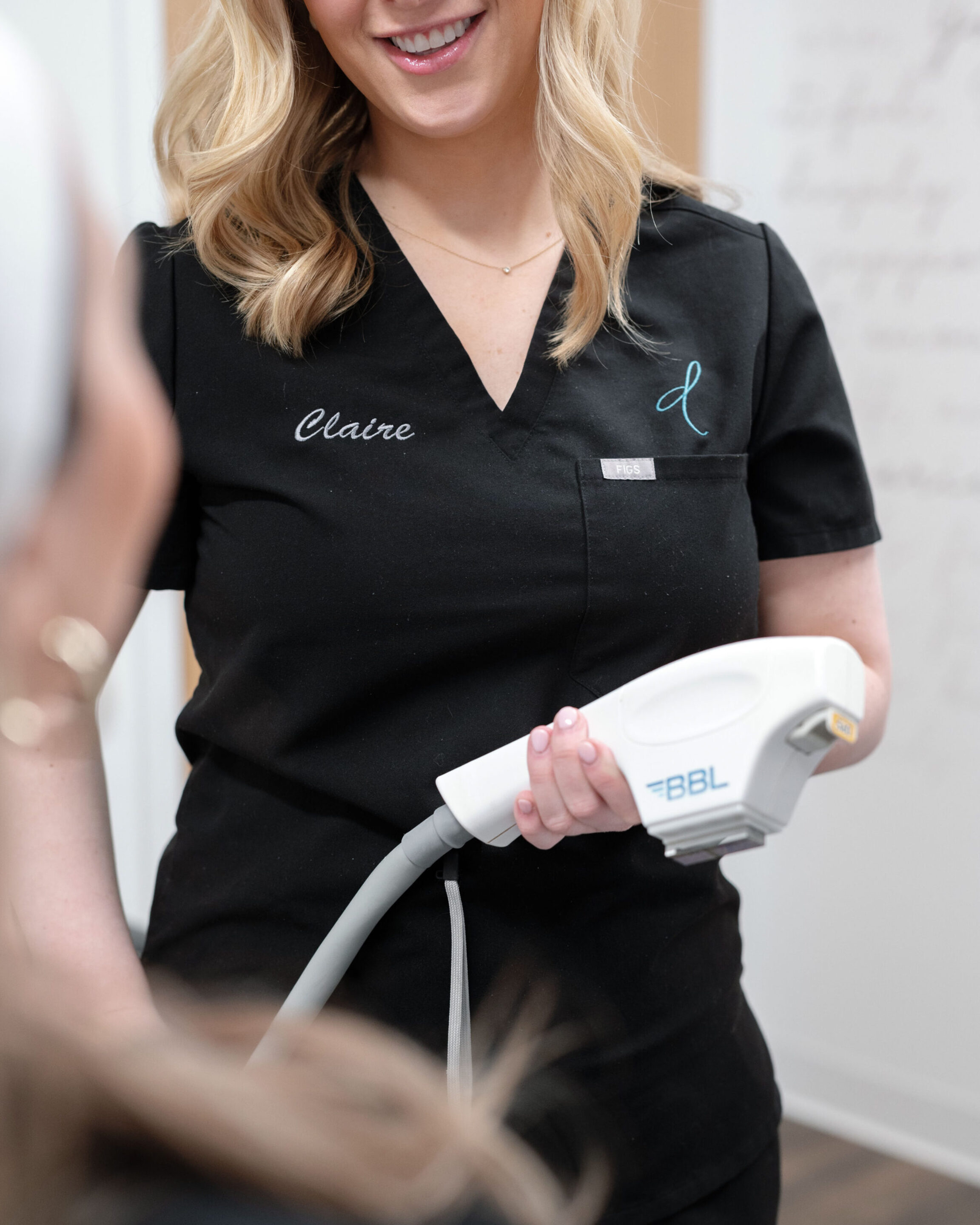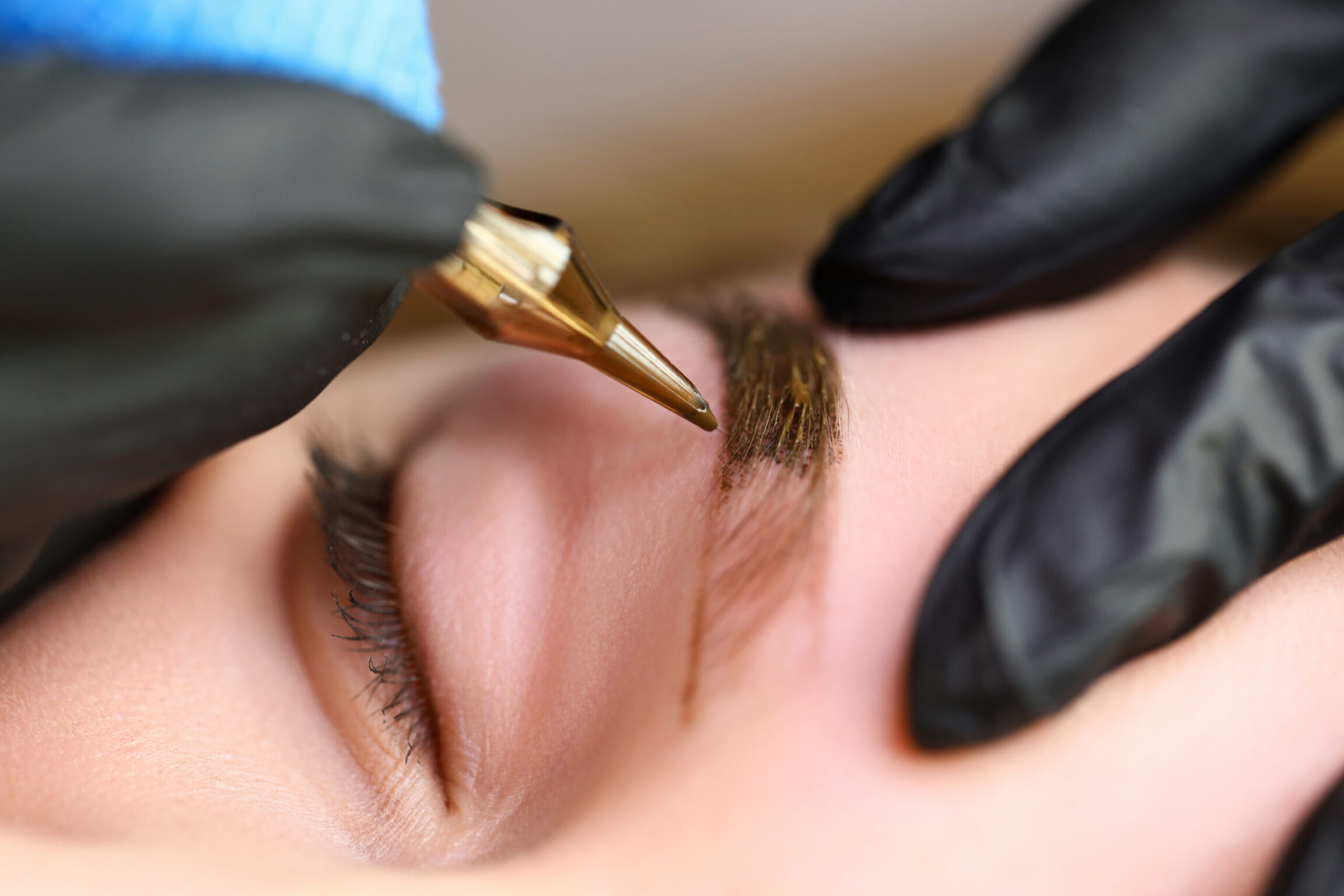Aesthetician Vs. Esthetician
Exploring What Separates These Two Skincare Professionals
In the world of skincare and beauty, the terms “aesthetician” and “esthetician” are often used interchangeably, leading to confusion about their roles and responsibilities. However, these two incredible professions have distinct differences that set them apart. Understanding these differences is essential for patients seeking skincare treatments to find the professional that is best suited for their needs.
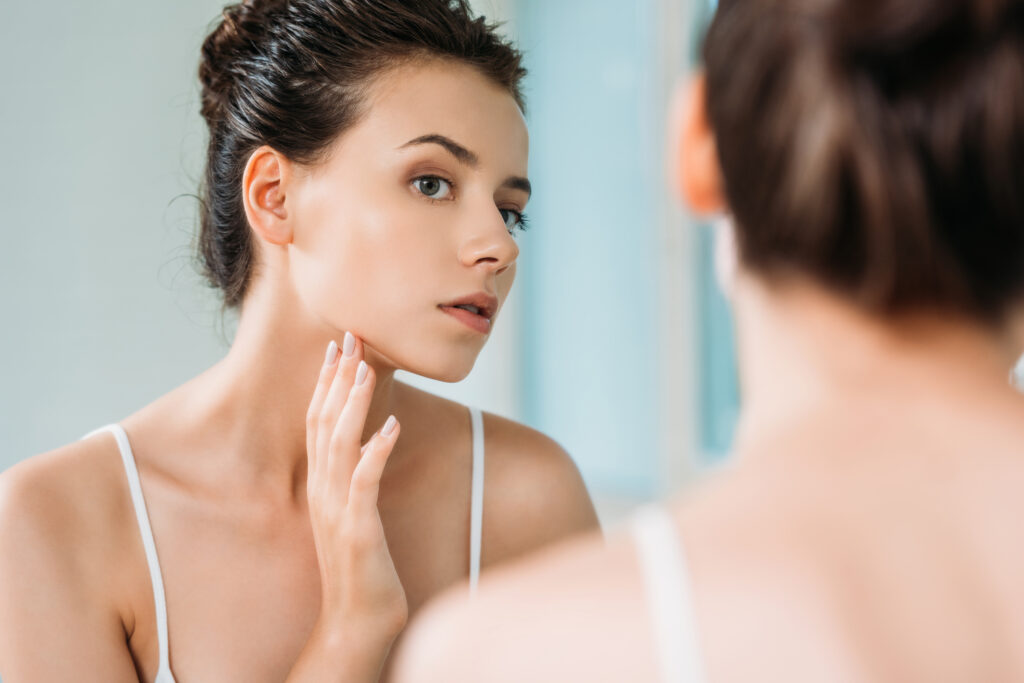
The Differences Between A Medical Aesthetician and An Esthetician
The primary difference is the level of treatments the provider can offer. A medical aesthetician provides more intensive, medical-grade skincare treatments with an emphasis on skin health. These individuals tend to work with doctors, plastic surgeons and/or dermatologists. An esthetician provides deep skin cleaning services and maintenance treatments, most often in a spa or beauty salon setting.
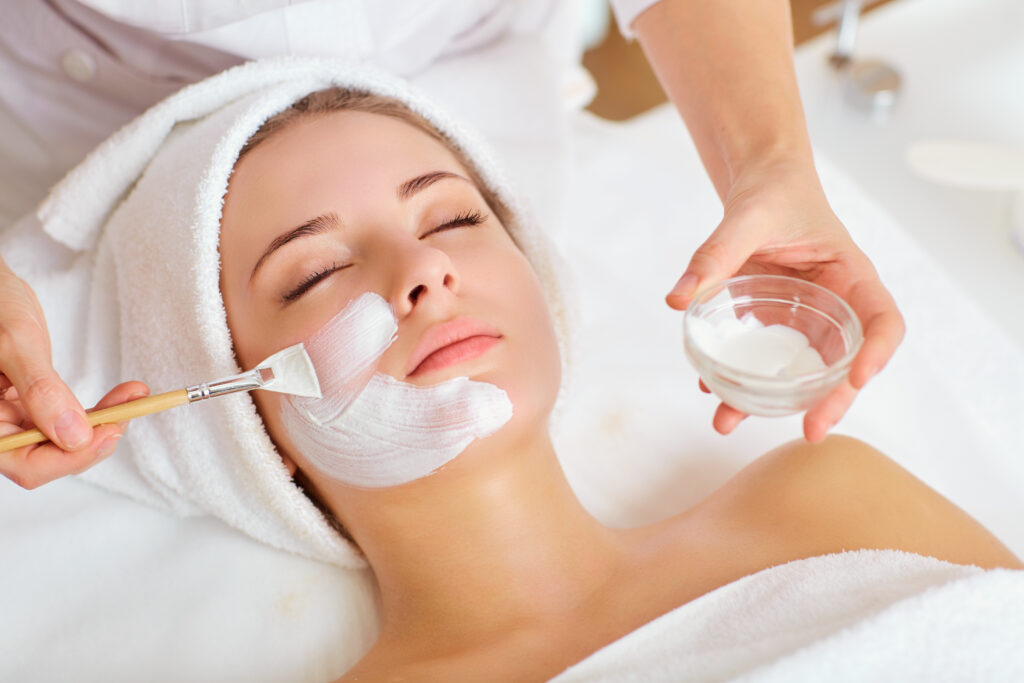
A Closer Look At Training Requirements
Aestheticians typically undergo specialized training programs at accredited beauty schools or vocational institutions. These programs cover clinical topics such as skin anatomy, physiology and various non-invasive, anti-aging treatments. Aestheticians may earn a diploma or certificate upon completing their training, allowing them to practice legally.
Estheticians also complete formal training programs with their education covering more general aspects of skin care, hair removal and product knowledge. Upon successfully completing their training, estheticians receive a certificate that enables them to offer skincare services.
Can A Person Be Both An Aesthetician & An Esthetician?
Yes! Many medical aestheticians also offer the same services as an esthetician. However, an esthetician cannot perform all of the same medical-grade treatments that an aesthetician can.
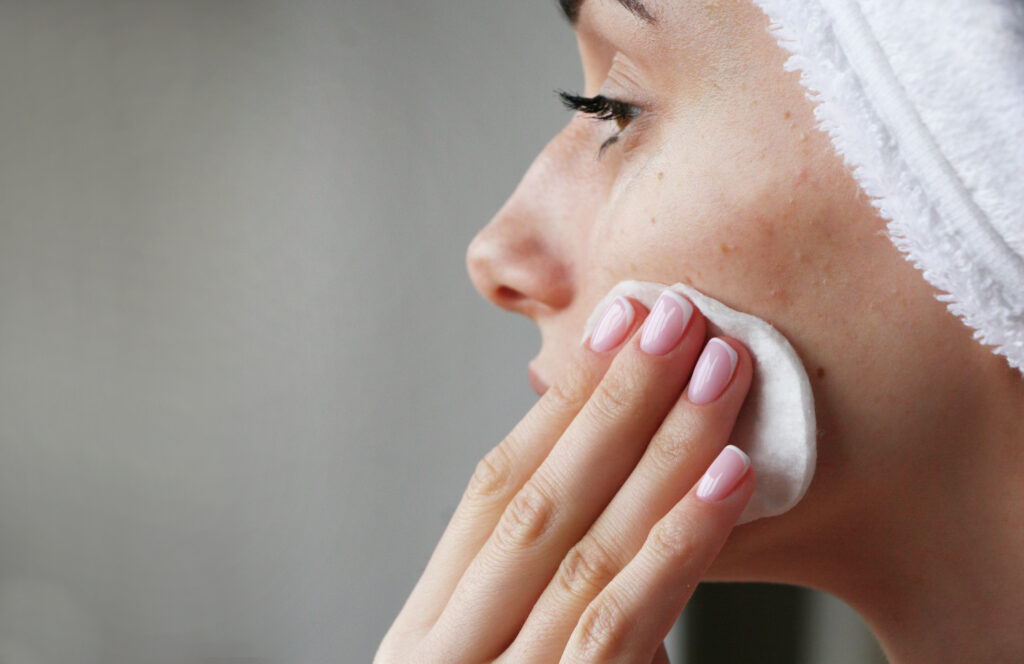
When To See A Medical Aesthetician
Patients should seek a medical aesthetician when they are looking to improve the overall appearance and health of the skin. These professionals focus on enhancing skin quality while addressing deeper concerns like acne, dryness and signs of aging. Aestheticians may also provide aspects of relaxation therapies — such as massage or aromatherapy — to promote a sense of greater well-being.
Services & Treatments Provided By A Medical Aesthetician Often Include:
- Acne treatment programs
- Deeper chemical peels
- Discoloration correction
- Microblading (with proper tattoo license, if required)
- Permananet makeup application
- Photofacials
- Some laser therapy treatments
When To See An Esthetician
Individuals should seek an esthetician when they are looking for aesthetic enhancements with less intensive treatments. These professionals tend to cater to clients seeking beauty and relaxation services, along with skincare routine advice and product recommendations.
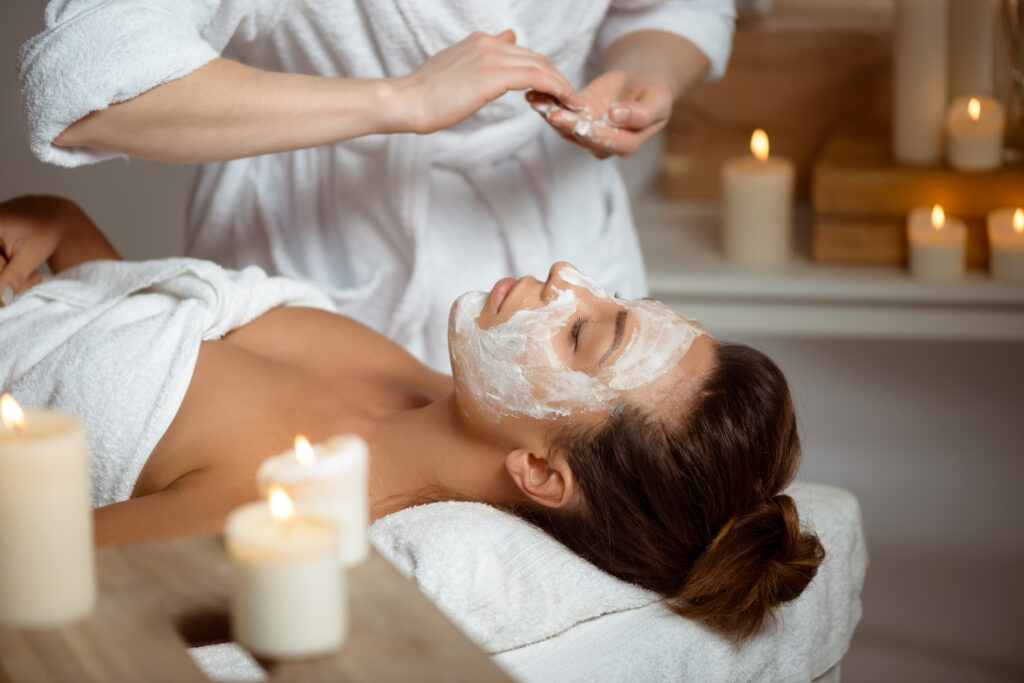
Services & Treatments Provided By An Esthetician Often Include:
- Dermaplaning
- Eyelash extensions
- Facials
- Hair waxing
- Lighter exfoliation treatments
- Skincare recommendations
- Superficial chemical peels
When To See A Dermatologist
Patients experiencing persistent skin issues that over-the-counter treatments can’t seem to alleviate should consider consulting a dermatologist. New moles, rashes, or unexplained itching often require a professional evaluation and diagnosis that medical aestheticans and estheticians cannot offer.
Dermatologists Focus On Diagnosing & Treating More Severe Skin Conditions, Including:
- Eczema
- Fungal infections
- Psoriasis
- Rosacea
- Skin cancer

It All Comes Down To Specializations & Training
While the terms “aesthetician” and “esthetician” may sound alike, the differences in their roles, training and focus are crucial for individuals seeking skincare treatments and for those considering a career in the beauty industry. Both play essential roles in promoting skin health and enhancing appearances, contributing to the overall well-being of their clients. However, medical aestheticians have more specialized training and certifications, allowing them to perform medical-grade treatments that address deeper skin concerns.
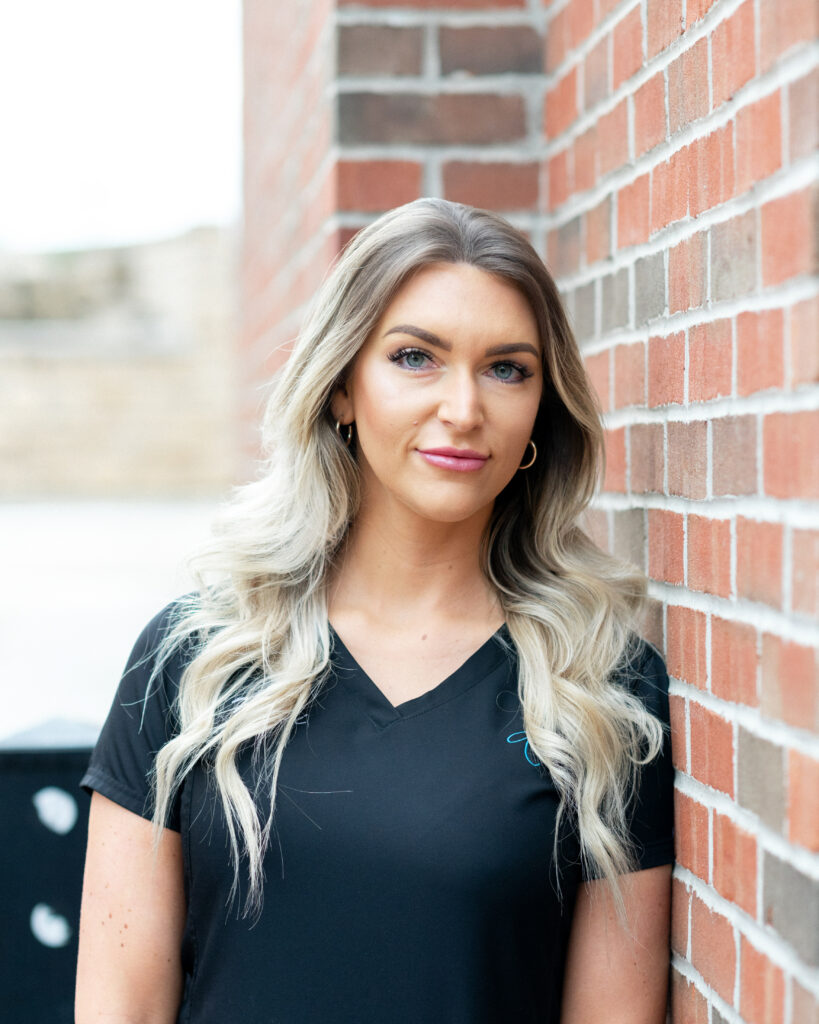
About The Author
Nikki Rucinsky is an experienced skin care expert at Donaldson Plastic Surgery who specializes in chemical peel treatments and facials, including the DiamondGlow Facial. She actively works with patients to prepare for their week away with services like CoolTone and waxing, while helping others get back into the groove of the real world once they have returned. Nikki is constantly researching new techniques and procedures to help patients feel like the best versions of themselves — at home and while on vacation.
Related Articles

Read More Cosmetic Treatments After Breast Cancer
Cosmetic Treatments After Breast Cancer
Discover the most common cosmetic concerns patients face during remission & the aesthetic treatments that are available to address them.
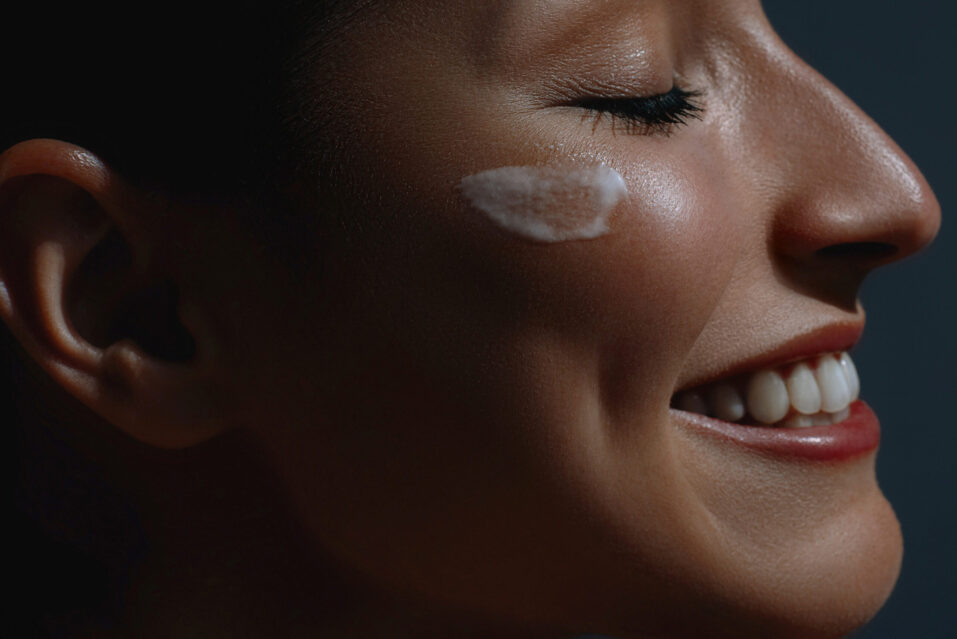
Read More The Ultimate Skincare Timeline
The Ultimate Skincare Timeline
A comprehensive guide to the most effective skincare treatments & how often to receive them to elevate your skin health.
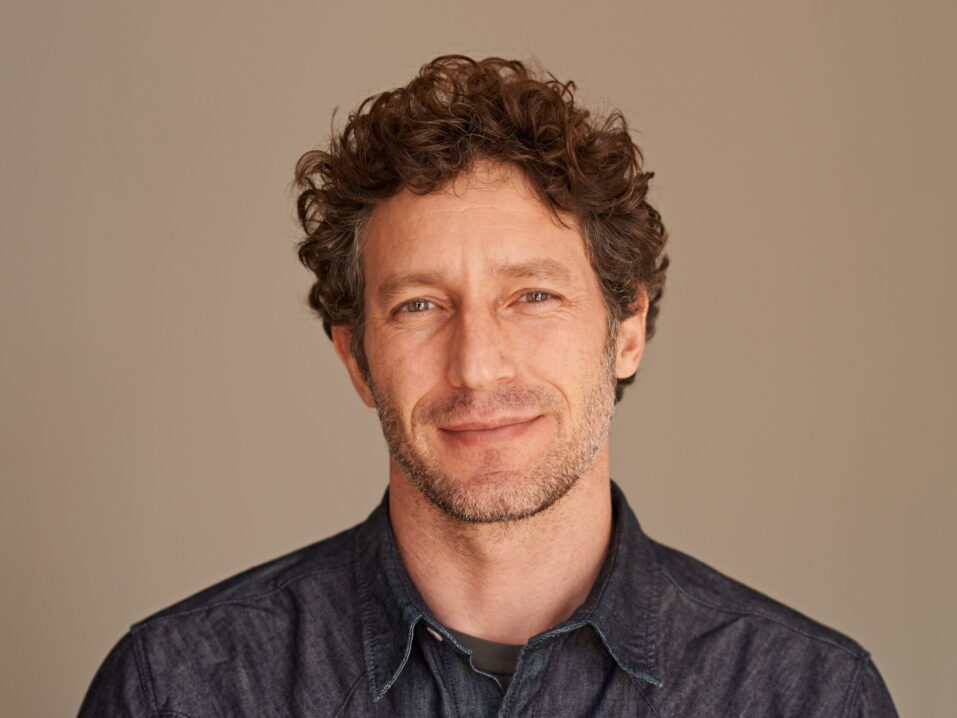
Read More The Beginner’s Guide To Men’s Skin Health
The Beginner’s Guide To Men’s Skin Health
The Donaldson "Men's Skin Health Guide" takes a comprehensive look at the steps guys can do to elevate their skincare routine & age with poise.







